What is Forxiga?
Forxiga contains the active substance dapagliflozin. It belongs to a group of medicines called “oral antidiabetics”. These are medications taken by mouth for diabetes. They work by reducing the amount of sugar (glucose) in your blood. Forxiga is used in adult patients (18 years and older). . . . . . . . . . . . . . . . . . . . . . . . . . . . . . . . . . . . . . . . ............. ........................
How does it work?
Dapagliflozin is a very potent selective and reversible inhibitor (Ki: 0.55 nM) of SGLT2.
SGLT2 is selectively expressed in the kidney with no expression detected in more than 70 different tissues, including the liver, skeletal muscle, adipose tissue, breast, bladder, and brain. SGLT2 is the predominant transporter responsible for the reabsorption of glucose after glomerular filtration to return it to the circulation. Despite the presence of hyperglycemia in type 2 diabetes, reabsorption of filtered glucose continues. Dapagliflozin improves fasting and postprandial plasma glucose levels by reducing renal reabsorption of glucose, leading to the excretion of glucose in the urine. This glucose excretion (glucosuric effect) is observed after the first dose, is continuous during the 24-hour administration interval and is maintained during treatment. The amount of glucose eliminated by the kidney through this mechanism depends on the concentration of glucose in the blood and on GFR. Dapagliflozin does not alter normal endogenous glucose production in response to hypoglycemia. Dapagliflozin works independently of insulin secretion and the action of insulin. An improvement in the assessment of the homeostasis model for beta-cell function (HOMA in beta cells) has been observed in clinical studies with Forxiga.
Dapagliflozin-induced urinary glucose excretion (glucosuria) is associated with calorie loss and weight reduction. Dapagliflozin glucose and sodium cotransporter inhibition was also associated with mild diuresis and transient natriuresis.
Dapagliflozin does not inhibit other glucose transporters important for glucose transport to peripheral tissues and is> 1,400 times more selective by SGLT2 against SGLT1, the main intestinal transporter responsible for glucose absorption.
What are the benefits of taking it?
Forxiga is used to treat types of diabetes called:
- type 1 diabetes – if your body hardly produces insulin. Forxiga should only be used in patients with type 1 diabetes who are overweight or obese.
- type 2 diabetes – if your body does not make enough insulin or is unable to use the insulin it makes properly.
In both types of diabetes, this leads to high blood sugar. Forxiga works by removing excess sugar from your body through urine. If you have type 2 diabetes, it can also help prevent heart disease.
How do I use it and its dosage?
Always use this diabetes treatment medicine exactly as your doctor has told you. If in doubt, ask your doctor, pharmacist, or nurse again.
How much should you take
If you are taking Forxiga for type 2 diabetes:
The recommended dose is one 10 mg tablet daily.
Your doctor may start with a 5 mg dose if you have a liver problem.
Your doctor will prescribe the dose that is right for you.
If you are taking Forxiga for type 1 diabetes:
The recommended Forxiga Dapagliflozin dosage is one 5 mg tablet daily.
How to take this medicine
Swallow the tablet whole with half a glass of water. You can take the tablet with or without food. You can take the tablet at any time of the day. However, try to take it at the same time each day. This will help you remember to take it.
Your doctor may prescribe Forxiga together with other medicine(s) to reduce the amount of sugar in your blood.
Diet and exercise can help your body make better use of blood sugar. It is important that you follow any diet and exercise program that your doctor recommends while taking Forxiga.
Side effects & precautions
Like all medicines, Forxiga Dapagliflozin tablets can cause side effects, although not everybody gets them.
Contact a doctor or the nearest hospital immediately if you experience any of the following side effects:
angioedema, seen very rarely (may affect up to 1 in 10,000 people).
Here are the signs of angioedema:
- swelling of the face, tongue or throat
- swallowing difficulties
- hives and trouble breathing
diabetic ketoacidosis, this is common in patients with type 1 diabetes (may affect up to 1 in 10 people) and rare in patients with type 2 diabetes (may affect up to 1 in 1,000 people)
- increased levels of “ketone bodies” in your urine or blood.
- have nausea or vomiting
- stomach ache
- excessive thirst
- fast deep breathing
- confusion
- unusual drowsiness and tiredness
- The sweet smell on your breath, a sweet or metallic taste in your mouth, or a different smell in your sweat urine.
- rapid weight loss
This can occur regardless of blood sugar levels. Your doctor must decide whether to temporarily or permanently discontinue your treatment with Forxiga.
Necrotizing fasciitis of the perineum or Fournier’s gangrene, a serious infection of the soft tissues of the genitals or the area between the genitals and the anus, seen very rarely.
Stop taking Forxiga and see a doctor immediately if you notice any of these serious side effects:
excessive loss of body fluids (dehydration), occurs infrequently (may affect up to 1 in 100 people).
These are the signs of dehydration:
- very dry or sticky mouth, feeling of intense thirst
- An intense feeling of drowsiness or tiredness
- Little or no urination (urine)
- fast heartbeat.
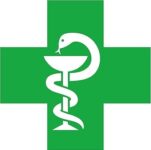
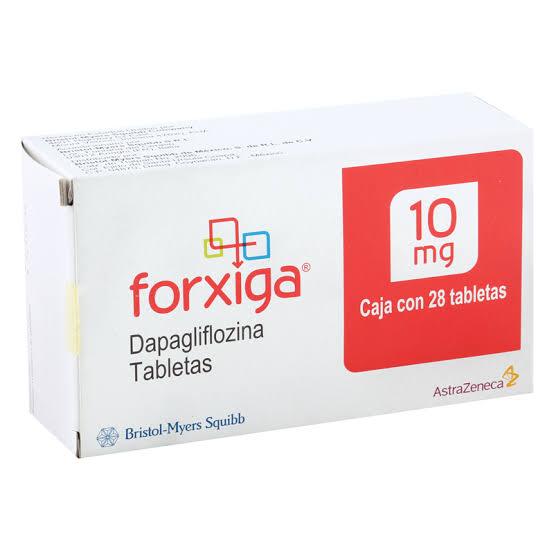
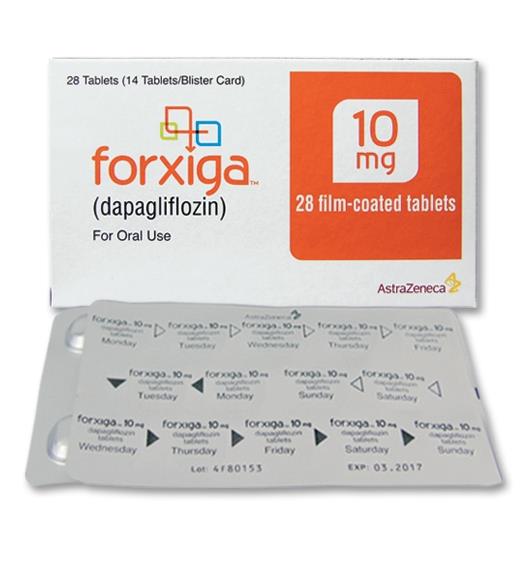
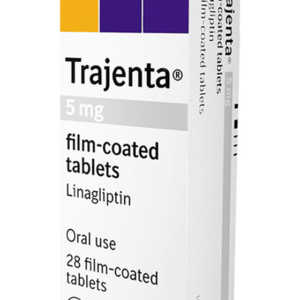
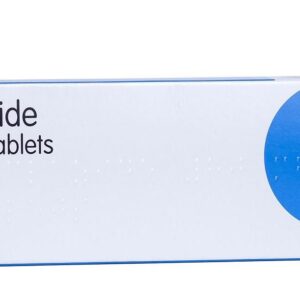
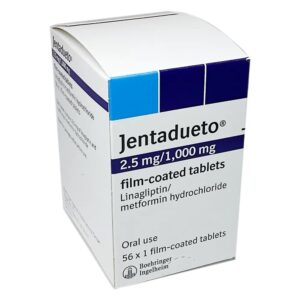
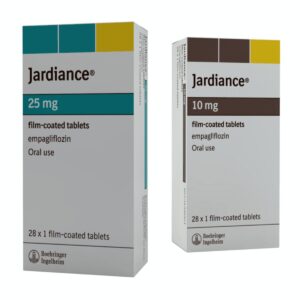
Reviews
There are no reviews yet.